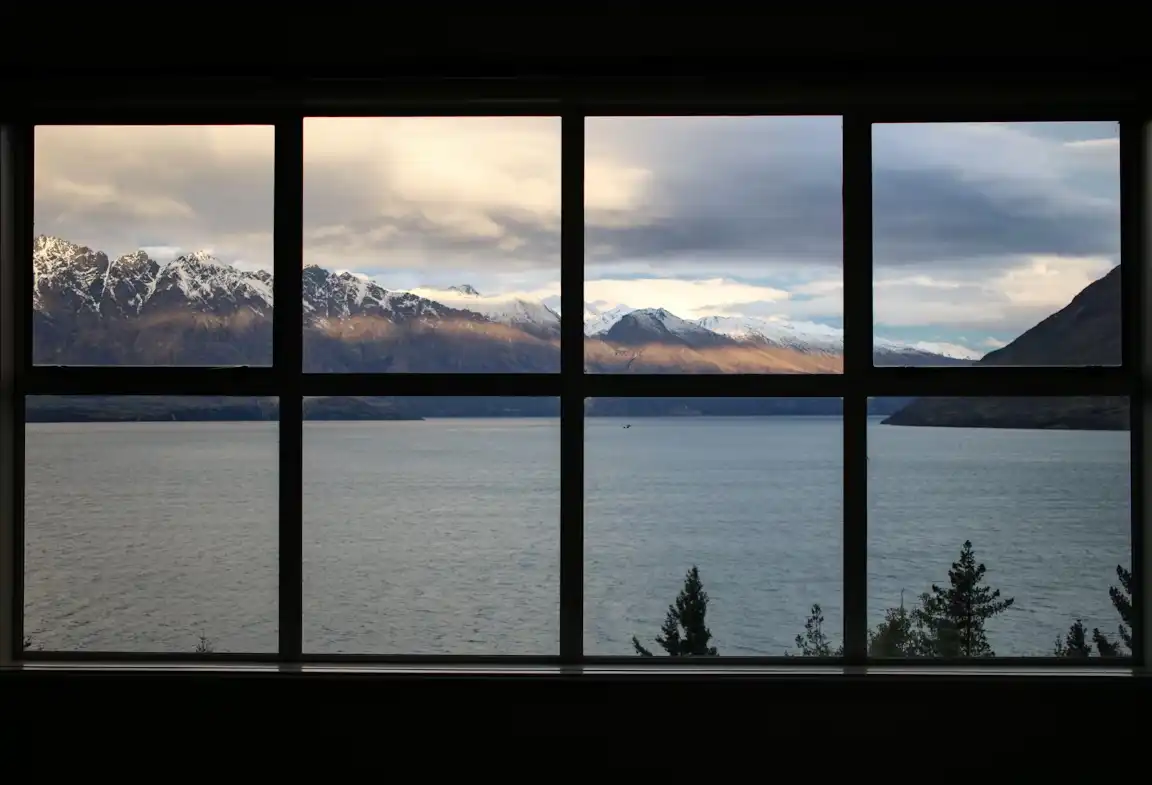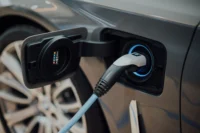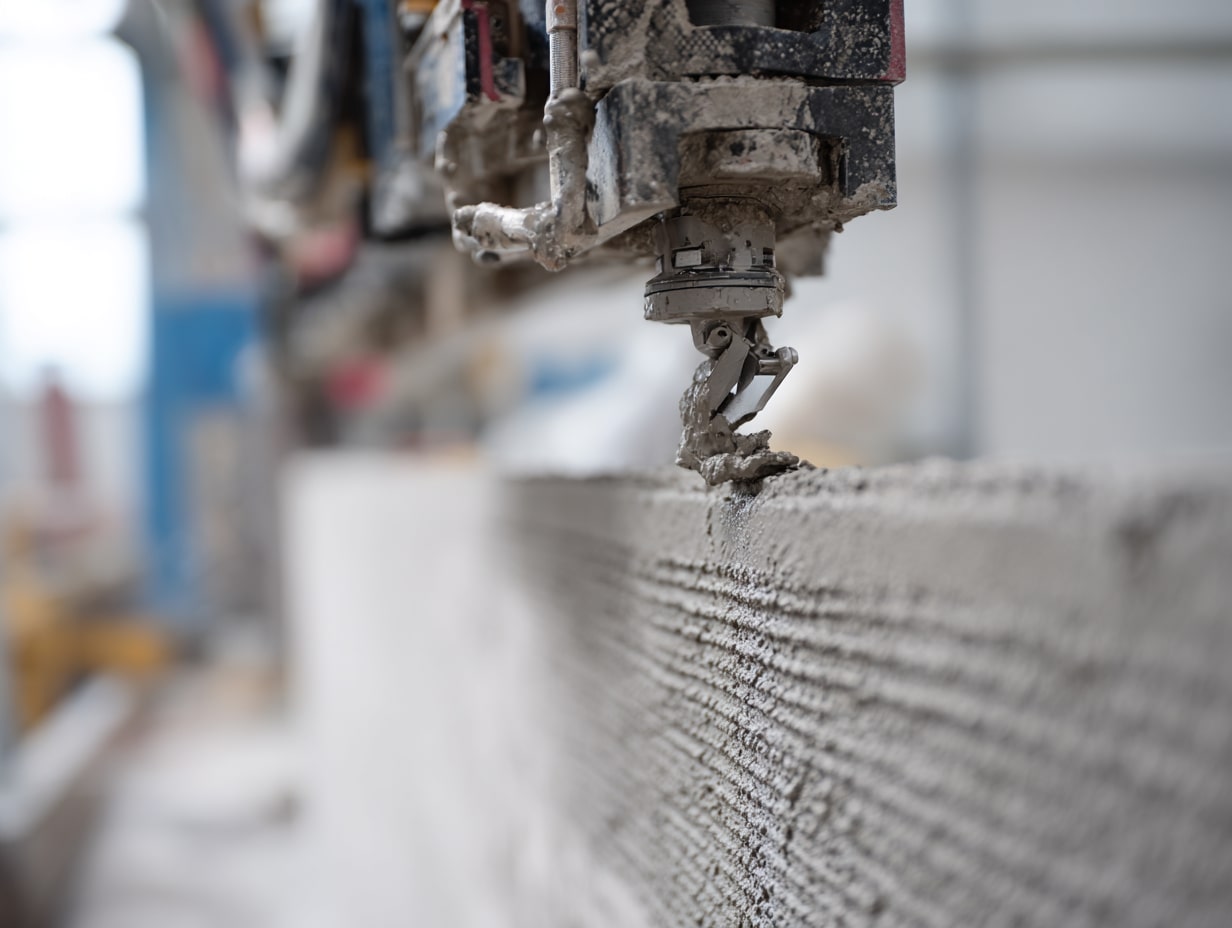- Home
- Articles
- Architectural Portfolio
- Architectral Presentation
- Inspirational Stories
- Architecture News
- Visualization
- BIM Industry
- Facade Design
- Parametric Design
- Career
- Landscape Architecture
- Construction
- Artificial Intelligence
- Sketching
- Design Softwares
- Diagrams
- Writing
- Architectural Tips
- Sustainability
- Courses
- Concept
- Technology
- History & Heritage
- Future of Architecture
- Guides & How-To
- Art & Culture
- Projects
- Interior Design
- Competitions
- Jobs
- Store
- Tools
- More
- Home
- Articles
- Architectural Portfolio
- Architectral Presentation
- Inspirational Stories
- Architecture News
- Visualization
- BIM Industry
- Facade Design
- Parametric Design
- Career
- Landscape Architecture
- Construction
- Artificial Intelligence
- Sketching
- Design Softwares
- Diagrams
- Writing
- Architectural Tips
- Sustainability
- Courses
- Concept
- Technology
- History & Heritage
- Future of Architecture
- Guides & How-To
- Art & Culture
- Projects
- Interior Design
- Competitions
- Jobs
- Store
- Tools
- More
Key Steps to Modernizing the Exterior of Any Residential Property

The exterior of a home shapes the first impression for guests and passersby, and it reflects the care and attention given to the entire property. Modernizing this space involves more than surface-level improvements; it is about creating harmony between durability, style, and function. Many homeowners overlook the value of blending contemporary materials with thoughtful design choices, yet this balance transforms an aging home into one that feels refreshed and current. A well-planned exterior upgrade improves curb appeal, raises property value, and creates a sense of pride for the residents. Each step, from roofing to exterior lighting, adds layers of sophistication and longevity when executed with care and precision.
Table of Contents
ToggleUpgrading the Roof for Modern Appeal
A roof sets the tone for the entire home, influencing both appearance and performance. Choosing high-quality roofing materials not only improves durability but also brings a polished look that aligns with modern design standards. Metal roofing, architectural shingles, and clay tiles have become popular for their sleek finishes and energy-efficient qualities. The roof’s design can also shift the overall perception of the home – low-slope or flat roofs evoke a contemporary character, while steep gables retain a more traditional aesthetic. Homeowners seeking professional help often turn to trusted roofing contractors for homeowners, who guide them through material choices, installation methods, and energy-saving upgrades. A new roof can dramatically alter how a home interacts with natural light and weather, giving the property a refreshed silhouette. Attention to color coordination between roofing and siding materials creates a seamless visual connection, resulting in a cohesive, modernized appearance.

Modern Siding and Exterior Finishes
Siding is the canvas of a house, defining its personality and charm. Older homes frequently have faded or outdated siding materials that no longer suit modern tastes. Fiber cement, composite cladding, and engineered wood are contemporary choices that deliver a balance between aesthetics and longevity. These materials resist fading, cracking, and moisture-related issues while offering a wide range of textures and finishes that mimic natural elements.
Selecting colors in neutral or muted palettes allows architectural details to stand out without overwhelming the design. Accent sections, such as entryways or upper facades, can incorporate different siding orientations or contrasting hues to create depth and dimension. Updating trims, fascia boards, and gutters at the same time brings uniformity and ensures that every element looks intentional rather than piecemeal. The combination of durable materials and refined finishes gives any property a crisp, modern identity.
Transforming Entrances and Doorways
A home’s entrance speaks volumes about its character. Replacing an outdated door with a modern design instantly refreshes the exterior. Sleek steel or fiberglass doors with minimalist lines, integrated glass panels, or bold color choices make strong architectural statements. Incorporating sidelights or transom windows around the entryway brings in natural light and adds visual interest.
Beyond the main door, the pathway leading to it deserves equal attention. Clean lines in concrete or paver walkways paired with subtle outdoor lighting set a welcoming tone. Updated hardware, such as handles, locks, and house numbers, can provide the finishing touches that make the entryway cohesive and sophisticated. A thoughtfully designed front entry creates an inviting transition from the outdoors to the indoors while aligning with the broader modernization goals of the property.
Energy-Efficient Windows and Frames
Modernizing a home often begins with improving energy efficiency, and windows play a crucial role in this effort. Replacing old, drafty windows with double- or triple-glazed options reduces heat loss and outside noise while contributing to a sleek, contemporary aesthetic. Aluminum and fiberglass frames are popular for their clean lines and low maintenance. Black-framed windows, in particular, add a striking contrast against lighter exteriors and have become a hallmark of modern home design.

Expanding window sizes or adding new placements can transform how natural light enters a space. Large panes blur the boundary between interior and exterior, creating a sense of openness. Tinted or low-emissivity coatings maintain privacy and control solar gain without sacrificing light. Pairing modern windows with matching trim details completes the look, ensuring every element feels cohesive and deliberate.
Updating Outdoor Lighting and Fixtures
Lighting has the power to completely alter how a home is perceived after sunset. Modern exterior lighting should strike a balance between function and atmosphere. Recessed lights under eaves, wall-mounted sconces near entrances, and pathway lighting help define architectural lines and improve safety. Warm LED lighting adds a welcoming glow without creating glare, while smart lighting systems allow homeowners to control brightness and timing remotely.
Material choice for fixtures also contributes to the modernization effort. Matte black, brushed nickel, or bronze finishes lend a timeless yet contemporary appeal. Integrating solar-powered lights is another way to reduce energy consumption while maintaining style. Well-placed lighting highlights textures, such as stone facades or wood accents, turning them into design focal points. The right illumination brings out the best in a property’s features and complements the surrounding environment.
Modernizing the exterior of a residential property demands careful planning, material awareness, and an eye for proportion. Thoughtful entrance designs and energy-efficient windows further elevate both comfort and style.
illustrarch is your daily dose of architecture. Leading community designed for all lovers of illustration and #drawing.
Submit your architectural projects
Follow these steps for submission your project. Submission FormLatest Posts
3D Printed Homes: Time, Cost, and What to Expect
3D printed homes explained: realistic timelines (24–72h walls, 8–16 weeks total), true...
How a Contact Centre Boosts Trust in Your Building Business
In construction, trust is the glue that holds projects together. Clients need...
How Real Time Parcel Geolocation Is Redefining Last Mile Efficiency for Modern Businesses
Last mile delivery has become the most critical point in the customer...
How Can Small Spaces Stay Stylish and Relaxing?
In today’s fast-paced urban lifestyle, small living spaces are becoming increasingly common....












Leave a comment